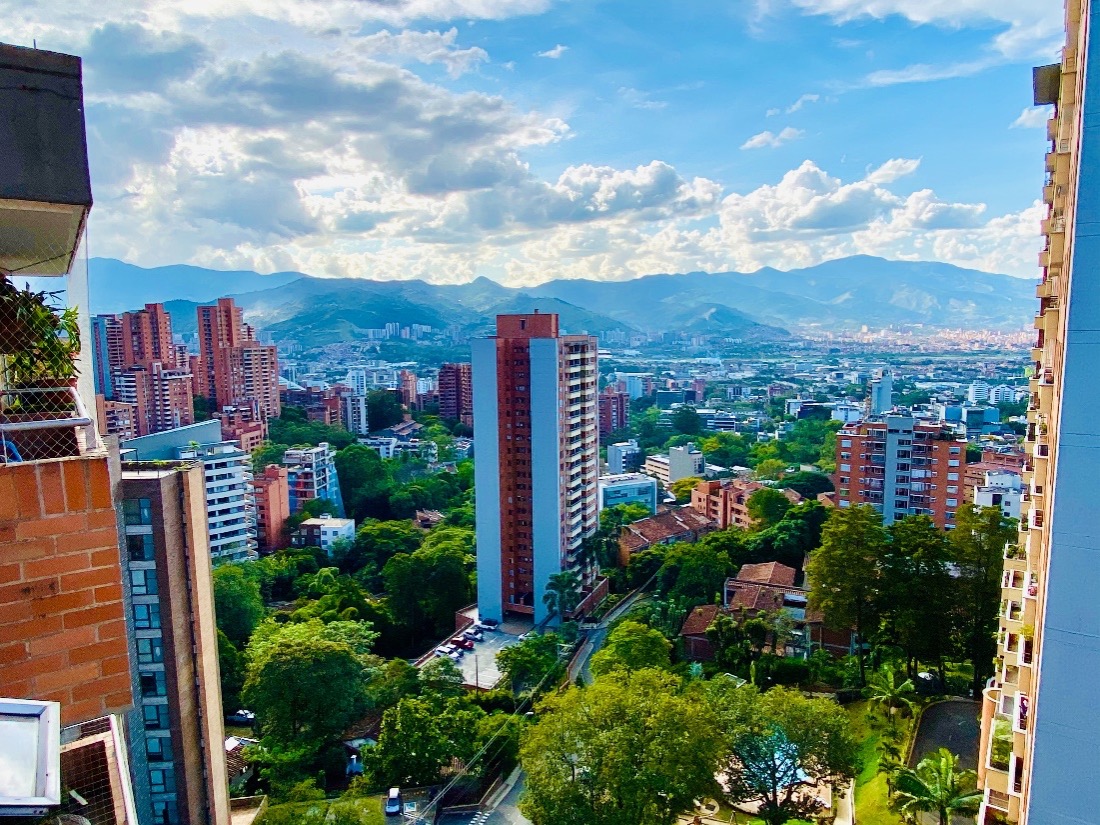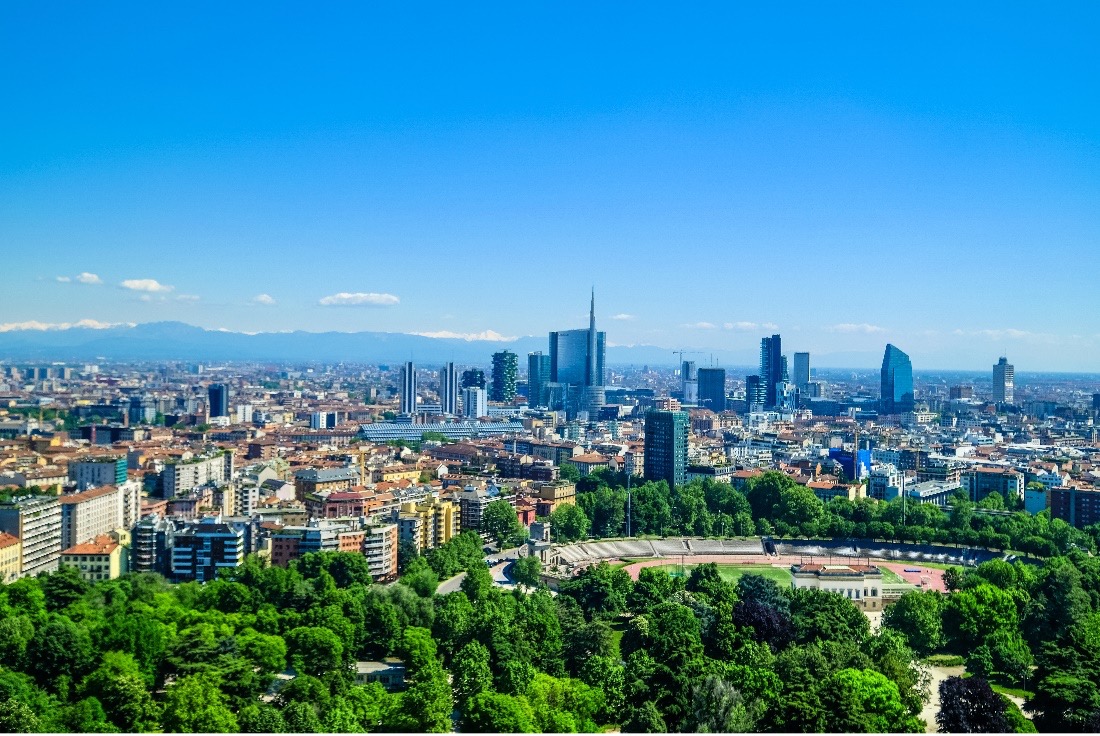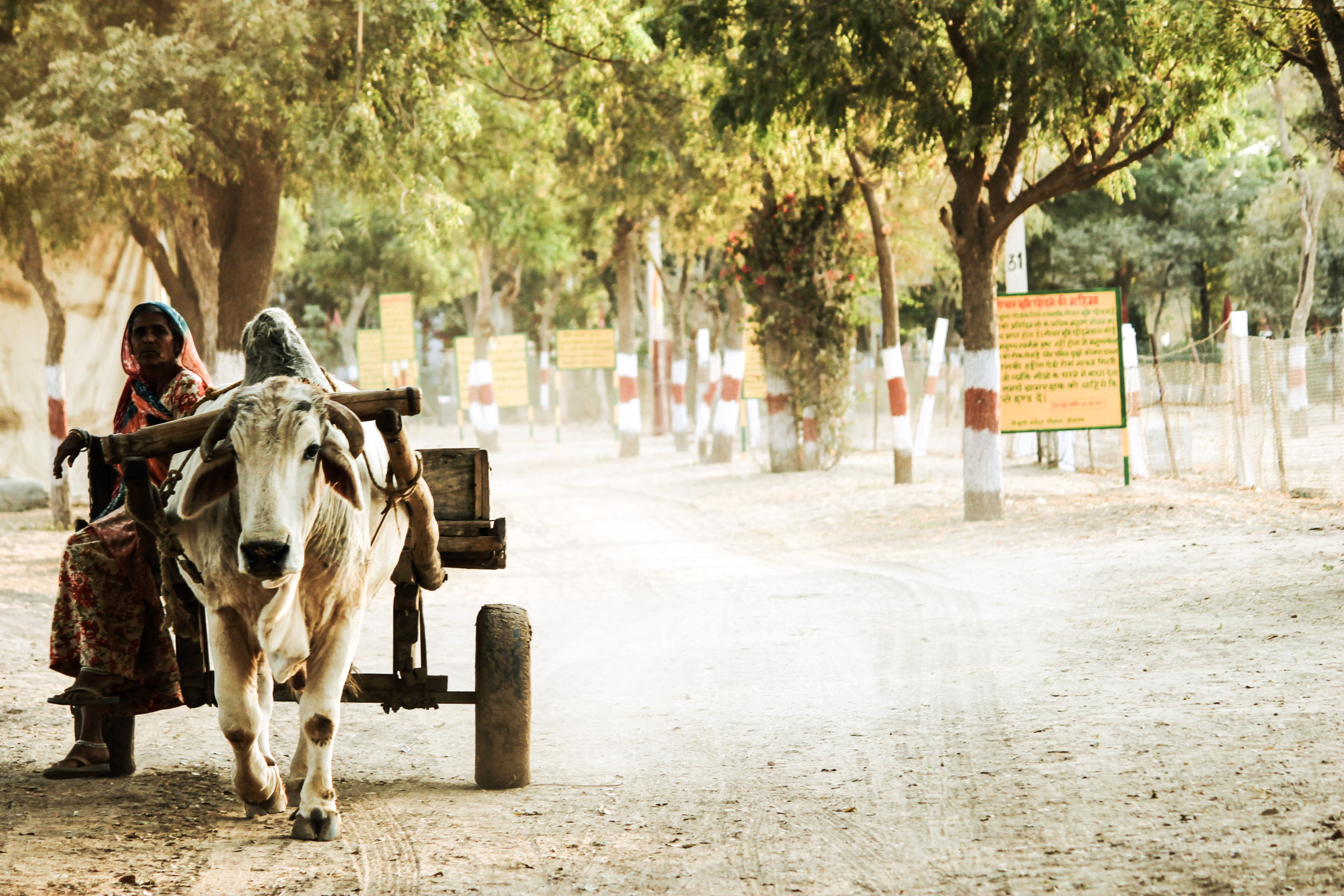Today more than ever before, extreme weather events across the world are making it hard to turn a blind eye to the potentially devastating consequences of climate change. In April and May 2022, over one billion people in India and Pakistan suffered soaring temperatures peaking in disparate urban areas, from 49.5 degrees Celsius in Nawabshah, Pakistan, to 47.2 degrees Celsius in Banda, India. The heat also triggered glaciers’ melting in Pakistan, now an annual basis occurrence, battering villages with flash floods and sweeping away an entire bridge. These events are projected to increase, with up to 200 million people globally at higher risk of being exposed to lethal heatwaves by 2030.
To cope with this, the whole world, with India and Pakistan on the front line, must tackle two fronts: reducing or preventing greenhouse gas emissions through mitigation measures and adapting to present and future climate consequences by leveraging changes to build resilience. Extreme heat is seriously threatening the world’s communities, as COP21 commitments will still result in the average global temperature increasing by 1.5 to 3 degrees, depending on the efforts put in place. Moreover, due to rapid urbanisation and the urban heat island effect (UHIE), cities are heating up at twice the global average rate.
To reduce people's exposure to urban heat, it has now become essential to invest in ecosystems and biodiversity preservation. Nature-based solutions (NbS) are often overlooked and underestimated due to limited capacity, knowledge, and financial tools, but they offer a real opportunity to beat the heat by drastically reducing ambient temperatures across urban environments. Trees, vegetation, water bodies, green roofs and green surfaces are powerful carbon sinks that can mitigate UHIE and improve thermal comfort in and around buildings, reducing the need for mechanical cooling, while bringing quality of life and health benefits to urban communities.
To illustrate the above, the city of Medellin in Colombia created 36 green corridors from 2016 to 2019, 18 along major roads and 18 along waterways, covering over 36 hectares. As a result of this project, nearly 880,000 trees and 2.5 million smaller plants have grown in the city. The corridors link the urban periphery, including areas with vulnerable populations, to the urban centre. Areas with green corridors have already experienced temperature reductions of up to 4°C.

Medellin Green Corridors, Colombia
(Unsplash)
Another example is the metropolitan area of Milan, Italy, which deployed the expansion of urban greenery to cool the city. Firstly, heat mapping surveys allowed the city to focus its tree planting efforts on the hottest neighbourhoods, then the local government committed to planting three million trees by 2030. In 2019, the city also inaugurated the “Tree Library”, a large park built on what was once a concrete plaza in the business district and is now home to hundreds of trees. It is estimated that the 30% expansion of urban tree cover will absorb 5 million tonnes of carbon dioxide per year while reducing small particles by 3,000 tonnes over the next ten years, with significant health benefits for the local population.

Metropolitan Area of Milan, Italy
(Pexels)
Protecting and restoring ecosystems is a major and inexpensive ally in tackling climate change, and countries can do double duty by preserving biodiversity and preventing people from suffering unbearable weather events. Action is becoming more and more urgent, as millions will be forced to experience humanly insufferable heat conditions within the next 50 years. Nature also plays a key role in bringing economic, environmental, and health positive changes. For example, the city of Singapore invested USD 75 million in naturalising a concrete storm drain built between 2009 and 2013, gaining in return USD 105 million per year in economic savings.
Despite their benefits, NbS implementation in cities is still lagging. Barriers include not only a lack of capacity and knowledge, but also hesitancy from policy makers and key stakeholders on longer-term investments and planning that NbS require. Central and local governments often have limited access to advanced methodologies and technical expertise in evaluating the positive impacts of NbS on people and the environment. This, together with difficulties in measuring their long-term benefits, brings a lack of consensus and cooperation among actors and stakeholders to develop nature projects. More concrete actions need to happen at larger scale to reap all the potential benefits natural environments have to offer, especially within urban areas.
Nature landscapes interacting and connecting with people across cities globally is one of the modern days’ challenges, but it can be achieved through:
- Incorporating climate risks and nature planning in urban master plans performing urban green and blue areas mapping, and incentivising support policies and instruments such as public procurement incentives.
- Investing in systemic resilience actions including addressing knowledge gaps, increasing awareness of benefits, enhancing financial and insurance programmes.
- Leveraging innovative tools to assess cost-effective NbS for cities to ease their implementation and increase cooperation between diverse groups of professionals, policymakers, sustainability, and technical experts from the research sector.
- Raising awareness and capacity building, conducting training and educational workshops on skills gaps such as business models and financing strategies.
We currently have many solutions on the table, but too few hands putting them into practice. Nature-based solutions are among the most powerful resources available to reduce cooling demand and improve outdoor thermal comfort in cities. Re-establishing forests and natural ecosystems are pivotal to meeting climate goals as we move forward. The sooner they are put in place, the fewer countries will have to live through the catastrophe that Indians and Pakistanis, but also many others in South Asia, Africa, and several parts of the world, are already experiencing. The question is not when the consequences of global warming will strike, as the scorching heatwaves in India and Pakistan showed us that they are already here.
But rather, what are we waiting for to take more action?
Let's make sure that this foretaste of our climate future remains just a foretaste, and let's bring nature back to cool the planet and its people, now.
Authors:
 |
Monica Troilo Urban Energy Intern, United Nations Environment Programme |
 |
Clement Charnaillat Cool Coalition Intern, United Nations Environment Programme |



